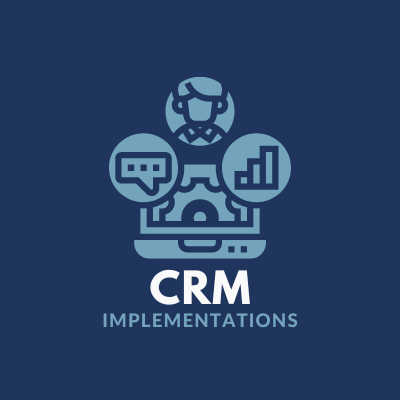When deciding on an implementation partner for a new CRM system, managed package, or communications/marketing tool, one of the key deciding factors inevitably becomes cost. You are typically already investing a great deal of money in the tool itself and budgeting for an implementation partner can become a tricky process. The right implementation partner can bring incredible knowledge of the tool and change management expertise that will help your institution learn and adopt the tool in a way that provides the greatest value for your institution.
We work with colleges and universities of all shapes and sizes to do exactly that. Additionally, as a small firm, we have the ability to be flexible and highly responsive to client needs as we build our partnerships. We believe each institution is unique in terms of the cultural environment, the resources they bring to the table, and the competing institutional priorities they are juggling. Because of this, we do not have a ‘rinse and repeat’ method of implementing and therefore have a fairly individualized approach to how we scope and price our work.
Our scoping and pricing model relies on four key areas of assessment:
- K&Co knowledge and complexity level of the tool
- Client internal resources
- Speed to delivery, timeline, and expectations
- Training & Change Management needs
The Tool
As a company, we refer to ourselves as ‘platform agnostic’ – meaning we work with many different technology tools. When scoping a project, we carefully consider the tool the client wants to implement including the complexity of that tool from a technical perspective, the ease of configuration and customization, the intuitiveness of navigation, the number of integration points and ease of integration – among other things. We also often consider how that tool fits into the broader tech stack of the institution and/or users involved.
Internal Resources
Perhaps more important than our assessment of the tool itself, is our assessment of the internal project resources dedicated to implementing the tool on the client side. Is there a clear project owner that is driving progress and championing the work? Is there a clear schema for decision making? How technically experienced is the dedicated project team? Is the IT team and the business process team aligned on this work? And of course, how much time does client staff have to dedicate to the implementation?
Further, when having scoping discussions with clients, we explain that our working relationship can fall into one of three models:
- K&Co drives all aspects of implementation from leadership and project management to hands-on configuration and building in the tool
- The client drives implementation leadership and build and relies on K&Co. as a subject-matter expert
- A 50/50 split of the models above
The majority of our work falls into the 50/50 split category where we guide the client in leadership, project management, and adoption and the client works alongside us in a very hands-on and collaborative partnership.
The Timeline
When it comes to appropriately scoping and pricing work, the desired speed to delivery is a considerable priority. Does the institution have previous knowledge of the tool or a similar one that can be leveraged as part of our work? How much discovery and requirements gathering work still needs to be done? Are there key milestone dates that must be met because of legacy technology sunsetting, contracts expiring, or enrollment cycle dates? Are there any known hurdles or threats to project progress? Is the project timeline overlaying institutional holidays and/or blackout dates? Overall, we want to ensure the client has realistic expectations around how long the implementation will take and has set an achievable scope and timeline to be “live.”
Training, Adoption, and Change Management
Finally, one thing that we feel is essential for client success, and something we particularly take great pride in is not just configuring and/or building technology tools for clients, but rather ensuring our clients are able to truly adopt the CRM they set out to use. To us, this means users are in the tool, understand its capabilities, and are actively seeking ways to further expand its use. This also means that legacy tools and/or manual processes and shadow systems have been retired. Because of this, we rarely scope a project without a dedicated effort to focus on the training (both technical and non) and cultural changes that will be needed in order to truly be successful.
We are serious about evaluating these items above and all factor into the statement of work and price quote that we offer our clients for implementation projects. Because each of the institutions we work with measure differently in the categories above, we do not have a ‘one size fits all’ approach. This, however, has provided us the opportunity to truly form true partnerships with our clients and has resulted in successful outcomes that typically reach beyond just the implementation of a chosen technology. Our careful thought and customized planning, we feel, is also the reason that most of our clients come to us through referrals and upwards of 80% of our clients have returned to us for additional work.

